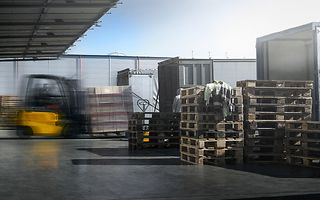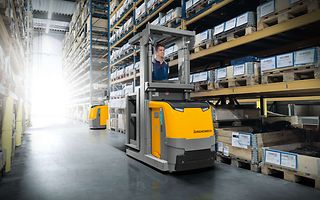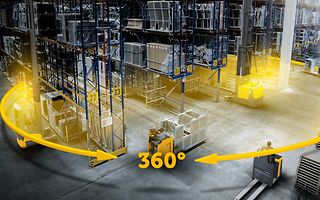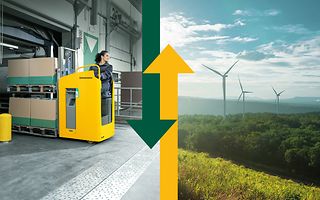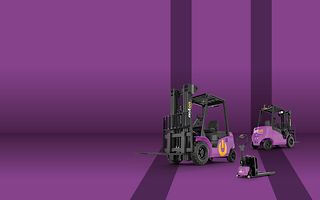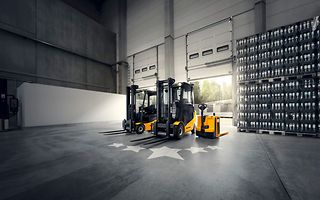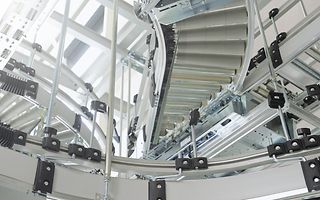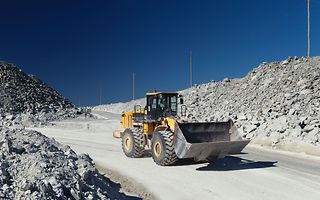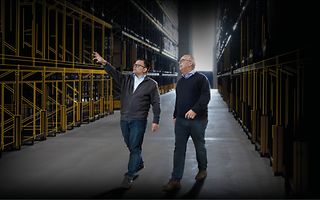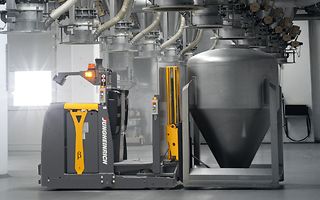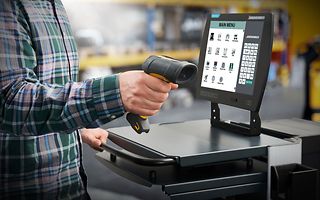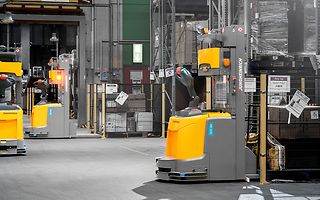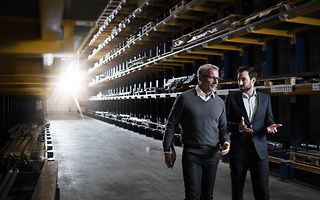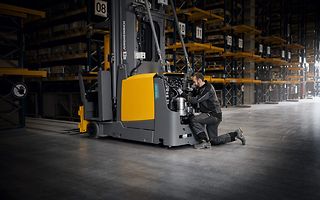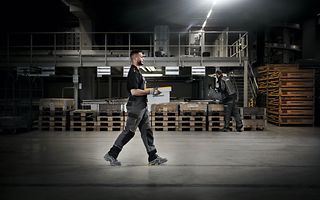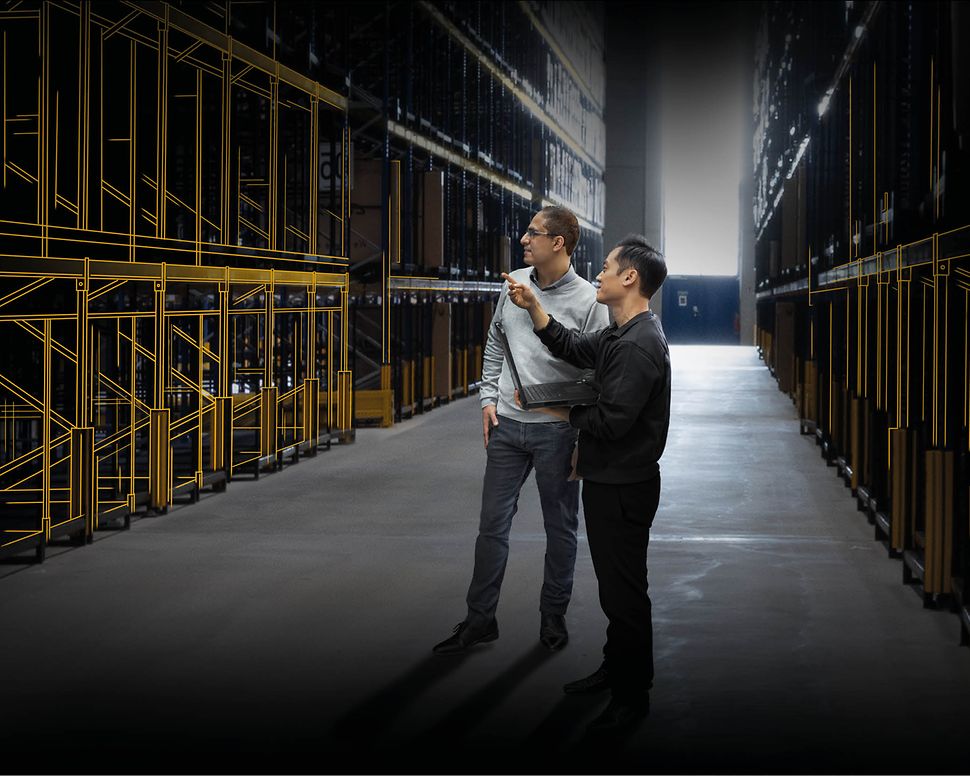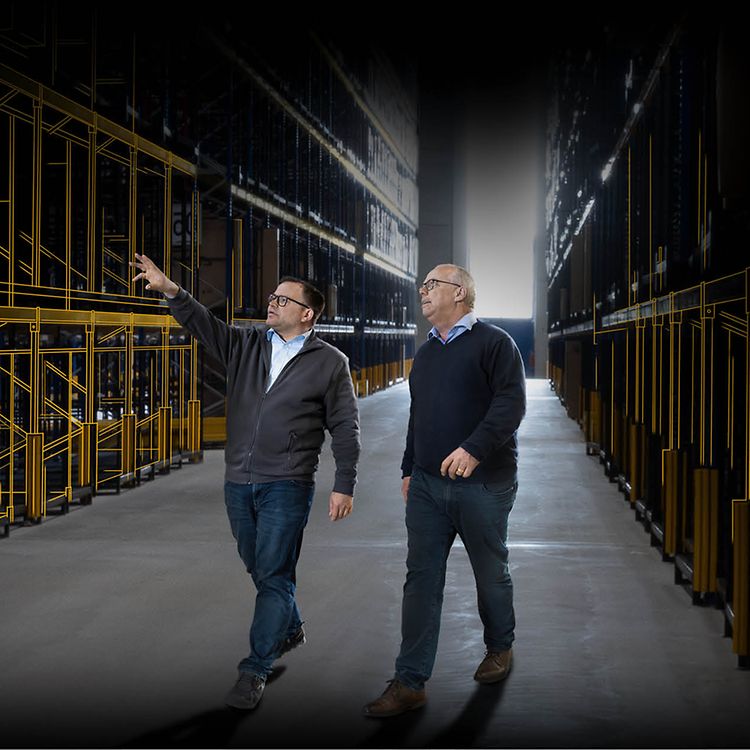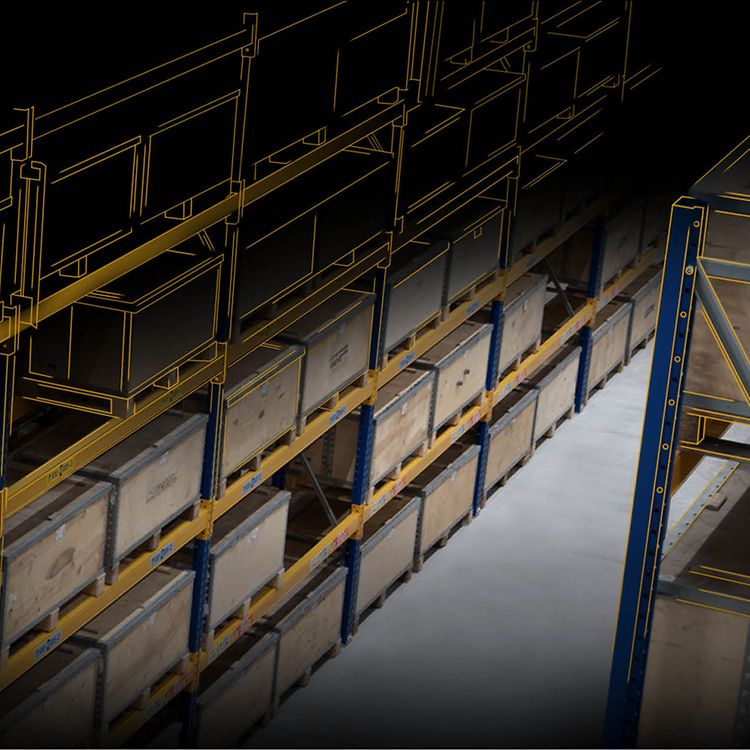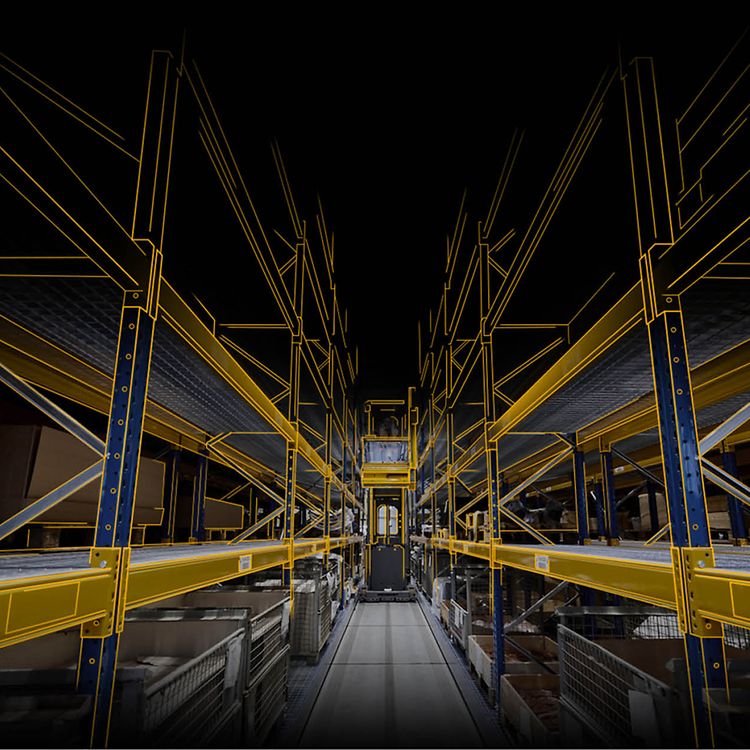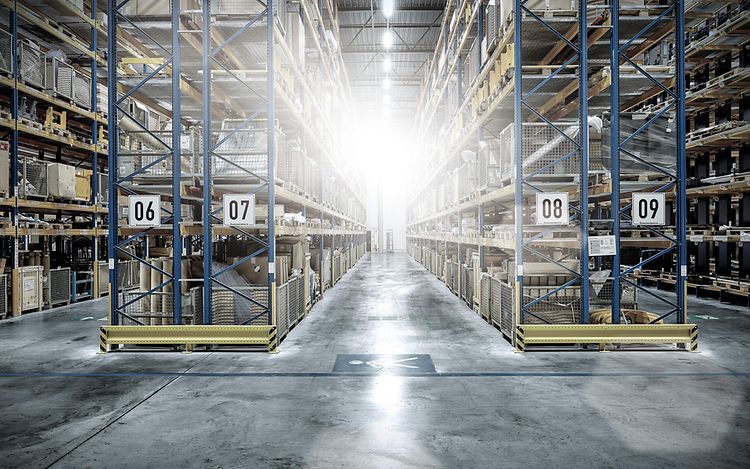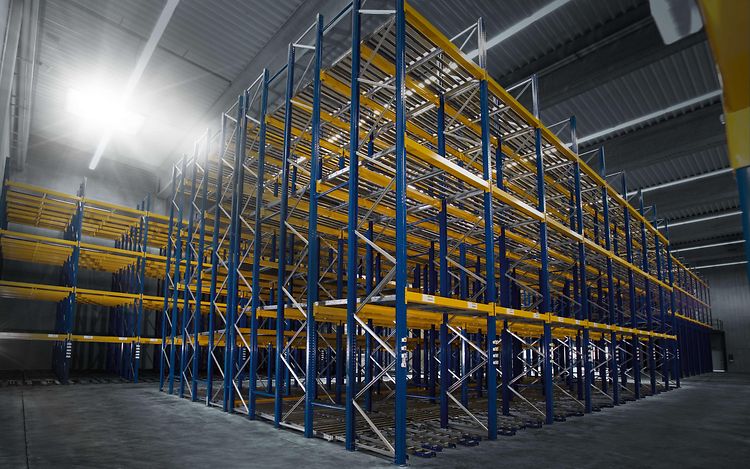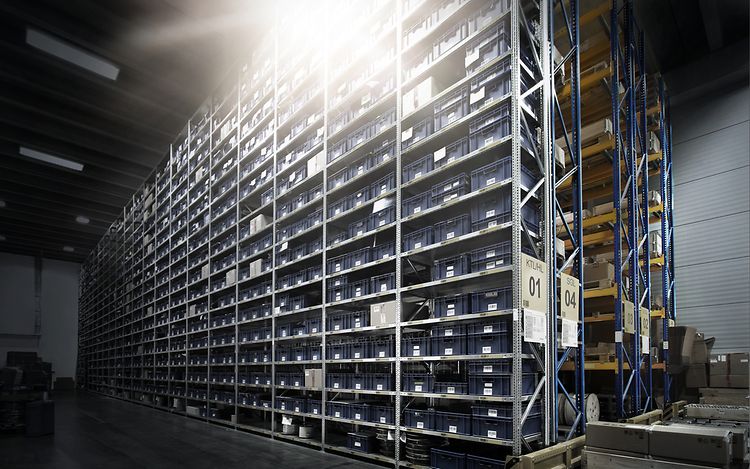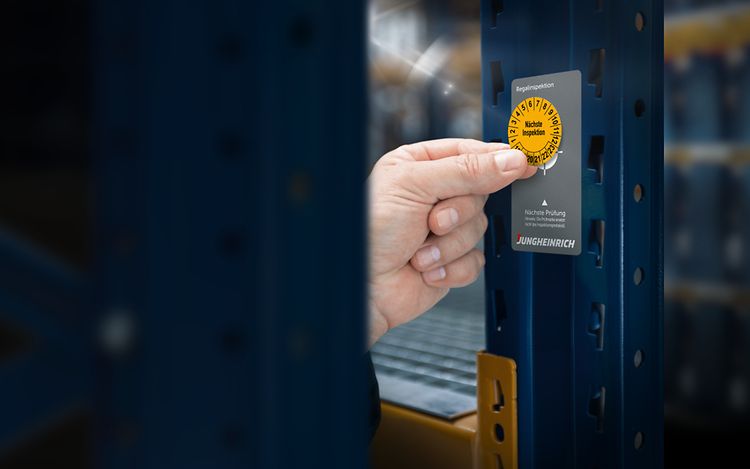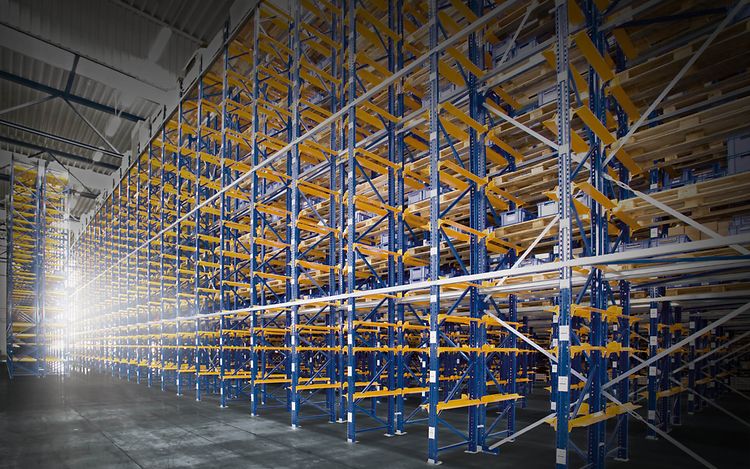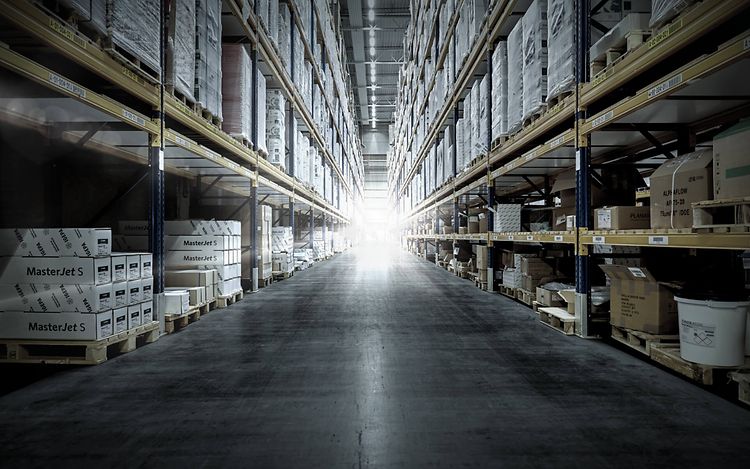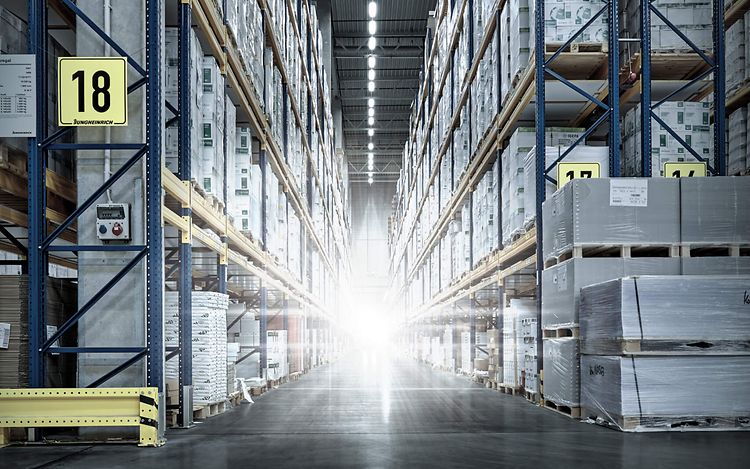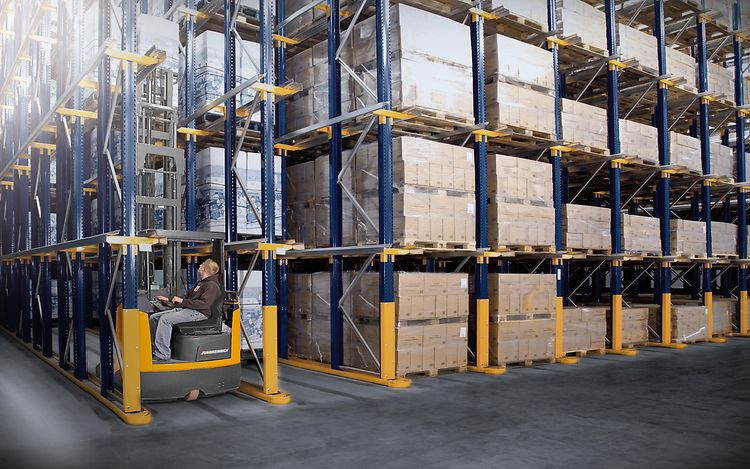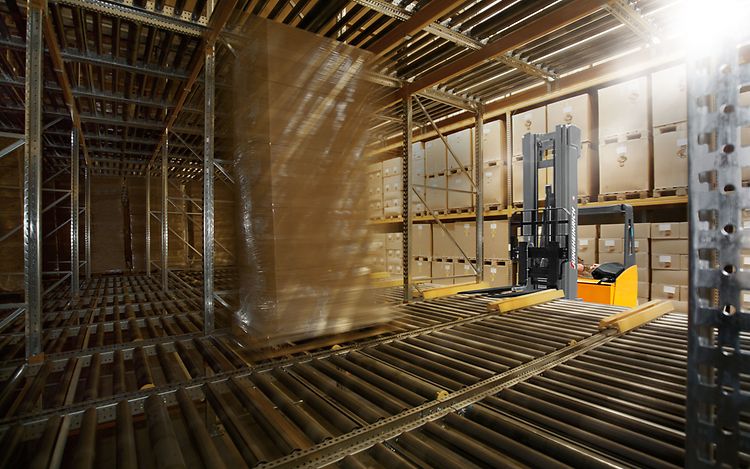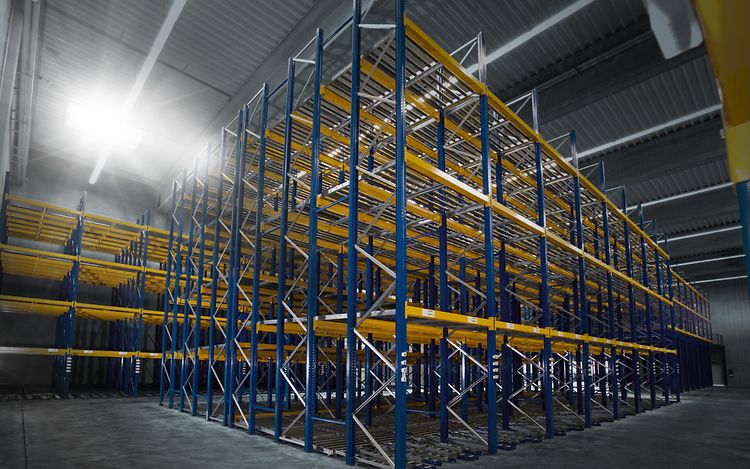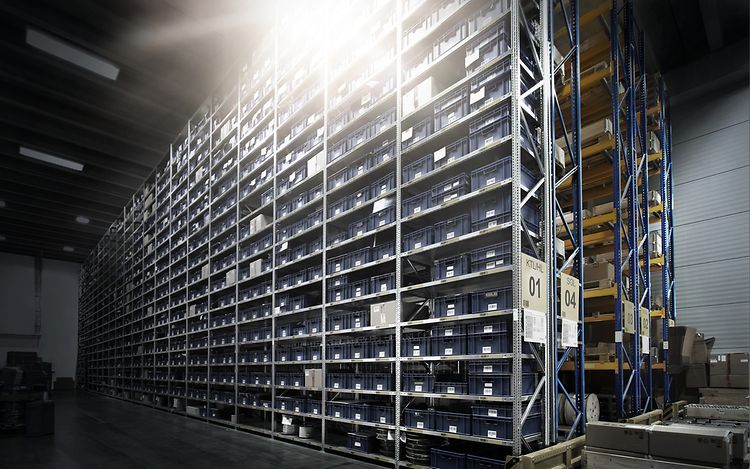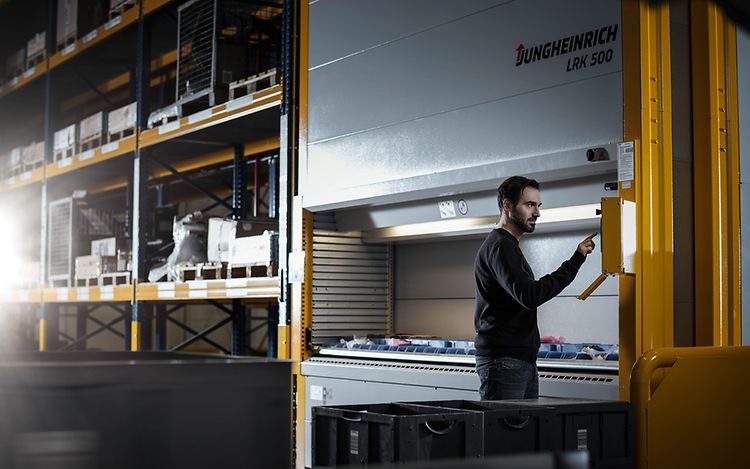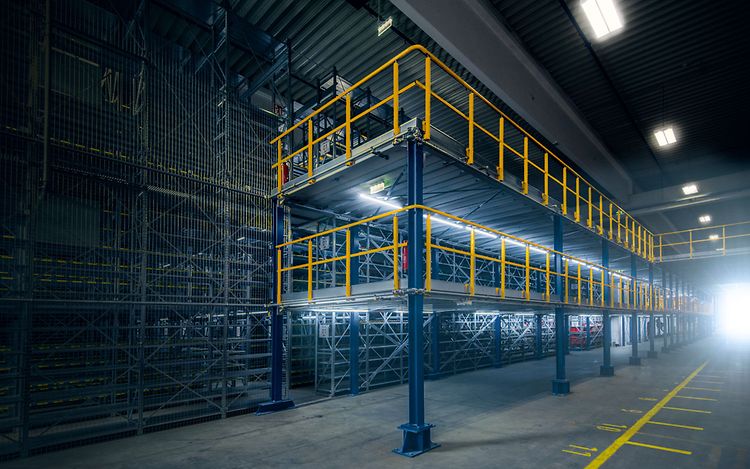-
Naše rešitveNaše rešitve
Vodilni ponudnik intralogističnih rešitev
- Panožna kompetenca
- Uporabe
-
Procesi avtomatizacije
Naše rešitve
-
Litij-ionska tehnologija Jungheinrich
Litij-ionska tehnologija Jungheinrich
Naše rešitve
-
Litij-ionska vozila
Litij-ionska vozila
Litij-ionska tehnologija Jungheinrich
-
Litij-ionski produkti
Litij-ionski produkti
Litij-ionska tehnologija Jungheinrich
- Li-ion - črno na belem
-
Litij-ionska vozila
-
Reference
Naše rešitve
-
Varnost
Naše rešitve
-
Trajnost v Jungheinrichu
Naše rešitve
-
ProizvodiProizvodi
Vodilni ponudnik intralogističnih rešitev
-
Nova vozila
Nova vozila
Proizvodi
- AntOn by Jungheinrich
-
Viličarji za najem
Viličarji za najem
Proizvodi
-
Najemna flota
Najemna flota
Viličarji za najem
- Najem polnilnikov in baterij
- Najem voznega parka
-
Najemna flota
- Rabljeni viličarji
- Avtomatizirane komponente
-
Baterije / tehnika polnjenja
Baterije / tehnika polnjenja
Proizvodi
-
Baterije
Baterije
Baterije / tehnika polnjenja
-
Tehnika polnjenja baterij
Tehnika polnjenja baterij
Baterije / tehnika polnjenja
- Jungheinrich Powertrain Solutions
- Najem polnilnikov in baterij
- Krmilniki
- Upravljanje z energijo
-
Baterije
- Skladiščni regali in oprema
- Posebne izvedbe vozil
- Industrijski IT
-
Navodila za uporabo
Proizvodi
-
Nova vozila
-
Avtomatizacija & SistemiAvtomatizacija & Sistemi
Vodilni ponudnik intralogističnih rešitev
-
Svetovanje o optimizaciji skladišča
Avtomatizacija & Sistemi
- Mobilni roboti
-
Avtomatsko paletno skladišče
Avtomatsko paletno skladišče
Avtomatizacija & Sistemi
- Avtomatsko skladišče za drobni material
-
Jungheinrich PowerCube
Avtomatizacija & Sistemi
-
Regalni sistemi
Regalni sistemi
Avtomatizacija & Sistemi
- Digitalni izdelki in programske rešitve
-
Webinar: Avtomatizacija skladišča
Avtomatizacija & Sistemi
-
Svetovanje o optimizaciji skladišča
-
StoritveStoritve
Vodilni ponudnik intralogističnih rešitev
- Nujen servisni primer
- Servisni paketi
- Originalni rezervni deli in oprema
-
Upravljanje z energijo
Storitve
-
Navodila za uporabo
Storitve
-
Usposabljanja
-
Najem viličarjev
Storitve
-
Analiza materialnega toka
Storitve
-
AntOn by Jungheinrich servis
Storitve
-
Kariera
-
O nasO nas
Vodilni ponudnik intralogističnih rešitev
-
Spletna trgovina
-
Blog
